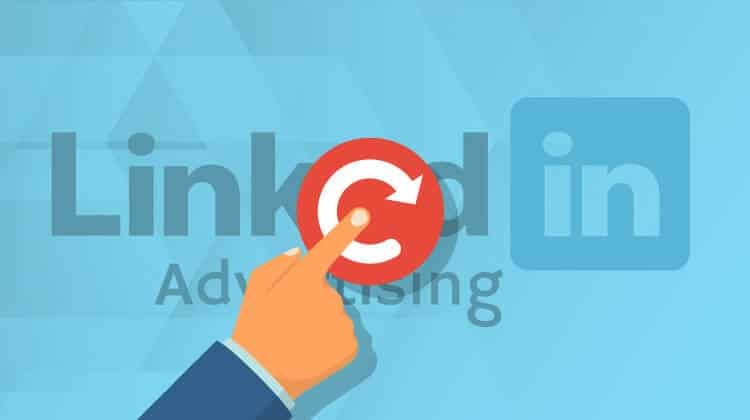by Aden Andrus • June 18, 2020
LinkedIn Ads Has Changed: Here’s Why You Should Give It Another Shot
As a social media platform, LinkedIn has been around forever—longer than Facebook, in fact. It’s a great way to network with other professionals, find new job opportunities and even reach out to prospective clients.
As an advertising platform, however, LinkedIn Ads has struggled a bit.
Despite offering the unparalleled ability to target people based on where they work, what their job is and what industry they’re in, LinkedIn Ads hasn’t really seen the same widespread use as platforms like Facebook Ads, Instagram Ads or Google Ads.
For a while, there were good reasons for that. LinkedIn Ads was clunky, expensive, hard-to-use and frankly not all that effective for most businesses.
However, a lot has changed over the past few years.
If you’re a B2B marketer who’s never tried LinkedIn Ads or tried it a few years back and couldn’t get results, now is a great time to give it another shot. In this article, we’re going to talk about what’s changed and the pros and cons of using LinkedIn Ads today. Let’s take a look.
LinkedIn Ads Has Changed
Five years ago, LinkedIn Ads had more than its fair share of issues. After Microsoft took over in 2016, things started to get better, but it still took a few years for the platform to hit its stride.
Back in 2016, former WordStream CEO Larry Kim summed up a lot of advertiser’s feelings in a post entitled “7 Things I Still Hate About LinkedIn Ads“, where he complained about the following:
- High CPCs
- No custom lists
- No remarketing
- No lead gen formats
- No account promotion
- No ad quality scores
- No video
If you did any advertising during those days, odds are that you encountered at least one of these issues. LinkedIn Ads was…limited, to say the least.
Why People Love to Hate LinkedIn Ads
Unfortunately for LinkedIn, that was right around the time that Facebook was finally figuring out how to make advertising work on social media. People were getting very excited about the potential of paid social ads, so they were eager to give LinkedIn Ads a try.
LinkedIn Ads, however, wasn’t ready.
As a result, most businesses gave up on LinkedIn Ads. They lost a bunch of money and were left with a bad taste in their mouths—one that has lasted for years.
Like most advertising platforms, LinkedIn Ads is far better today than it was a few years ago. But, many marketers haven’t bothered to give it a chance lately. That’s a real shame, because LinkedIn is finally starting to come into its own.
Case in point, Wordstream has since “updated” Larry Kim’s article, but it still makes the same arguments against LinkedIn Ads as it did 4 years ago—an irony noted only in the comments section.
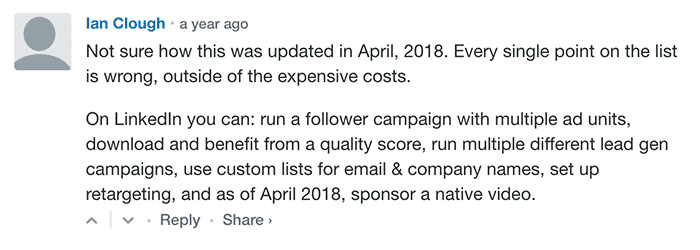
LinkedIn Ads has changed, but advertisers and PPC influencers aren’t recognizing that change. As a result, people still see LinkedIn Ads the way they did years ago.
A Missed Opportunity
The interesting thing about this whole situation is the fact that most businesses who are investing in LinkedIn Ads are happy with the results they’re getting.
Digiday surveyed LinkedIn advertisers and found that 42% were planning on investing more into LinkedIn. Only 11% felt like they weren’t getting good results from their advertising efforts.
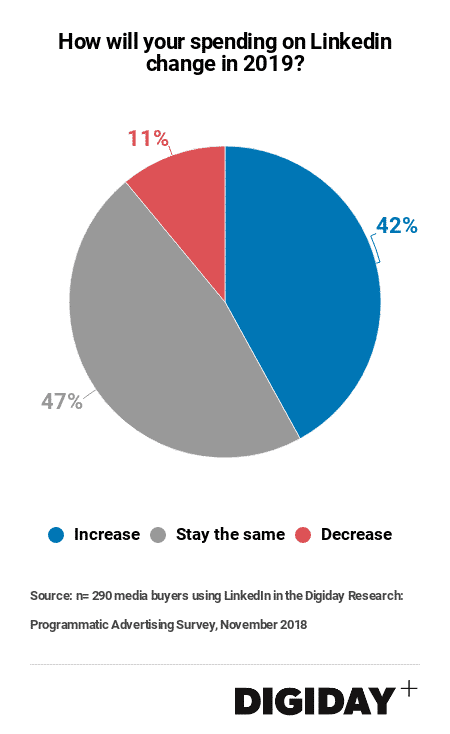
Clearly, LinkedIn Ads works. It might not work for every business, but that’s true of any advertising platform.
To make things even better, many businesses aren’t currently taking full advantage of LinkedIn Ads, which means that there’s less competition to deal with.
So, if you haven’t tried LinkedIn Ads lately, you may want to give it a chance. To help you decide, though, let’s talk about the current pros and cons of the platform.
The Pros and Cons of LinkedIn Ads
Like any online advertising platform, LinkedIn Ads has its pros and its cons. It’s overcome a lot of hurdles, but it’s still not right for every business.
That being said, we’ve seen some great results with our clients over the past year or two, so it’s definitely worth considering.
To begin with, let’s start by taking a look at what LinkedIn has going for it from a B2B marketing perspective:
- 500 million users
- 61 million users are senior-level influencers
- 40 million users are in decision-making positions
- Most users work at large-scale firms
- A large number of users work in the finance, medical, education, high tech and manufacturing industries
To put it simply, LinkedIn is where business professionals go to network and discuss business topics.
Unlike Facebook and other social media platforms, people are in a business mindset when they’re on LinkedIn, which makes it a great place to market business services, products and software.
Facebook may have over 4x more active users than LinkedIn, but only 10% of those users live in America. More importantly, people visit Facebook to connect with friends and family—not to do business.

The same goes for Instagram, Pinterest, Twitter and the rest of the popular social media platforms. You can advertise B2B products and services on these platforms, but your target audience may not be in the most receptive mindset.
For B2B businesses, LinkedIn Ads seems like it should be a slam dunk—which is why so many companies were disappointed when the limitations of the platform kept them from getting good results.
Now, however, things have improved, so let’s take a look at the pros and cons of marketing on LinkedIn Ads.
Pros of Advertising on LinkedIn
In addition to being a business-focused social media platform, LinkedIn Ads has a lot to offer B2B advertisers. It combines unparalleled targeting options with a straightforward interface to provide an incredibly intuitive user experience.
From a marketing perspective, LinkedIn is incredible because it allows you to target people using criteria you can’t find anywhere else.
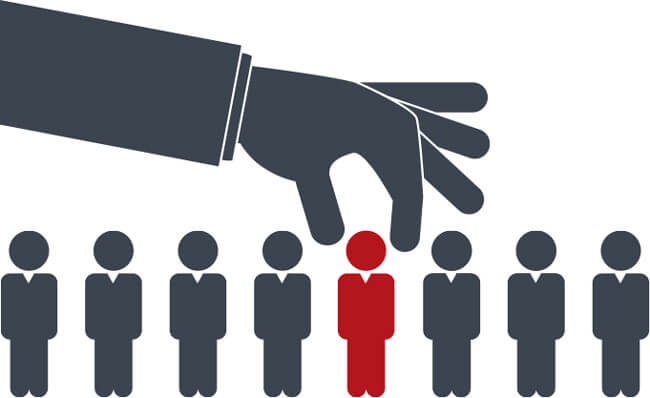
Want to target an MIT tech whiz who worked at Facebook and now works for Google? With LinkedIn Ads, you can.
Here are some of the ways you can target users on LinkedIn:
- Age
- Gender
- Location
- Schools attended
- Current employer
- Company size
- Job title
- Industry
- Previous employer(s)
- LinkedIn groups they’ve joined
- Keywords used in profile, title, company or school
To make things even better, since your LinkedIn profile is essentially your resume, LinkedIn users are incentivized to keep their profiles accurate and up-to-date. When you target MIT grads, you can be reasonably certain that your ads will show up in front of actual MIT grads—not just people with an interest in MIT.
Combine all of that targeting power with a simple, user-friendly interface and new ad formats like LinkedIn’s dynamic ads and you’ve got a pretty great B2B marketing platform!
Cons
LinkedIn Ads definitely isn’t perfect, though. It definitely has its issues—not the least of which is cost.
At a minimum, you can expect to pay at least $2.00 per click or per thousand impressions. On average, though, the cost-per-click is around $5.74 and the cost-per-conversion is about $90.
Of course, those are just averages. Depending on your business and how you define “conversion”, your costs may be quite a bit higher than that.
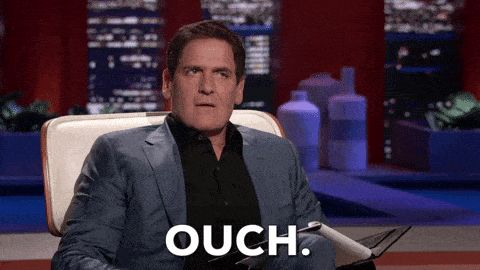
Compared to Facebook’s average cost-per-click of $1.72 and average cost-per-conversion of $7.85, the cost of advertising on LinkedIn can feel staggeringly high.
However, you have to remember that LinkedIn is highly targeted ad platform.
Just for comparison, if you’re trying to advertise technology services on Facebook, you can expect to pay $55.21 per conversion (on average). That’s still quite a bit cheaper than $90, but it does highlight an important point: the more specific your targeting is, the higher your cost-per-conversion will be.
Since LinkedIn is such a highly-targeted ad platform, it makes sense that clicks just cost more. For B2B businesses that make thousands-to-millions from closing a new client, spending extra on LinkedIn’s focused targeting options is often a great investment—provided that your customer lifetime value is large enough to absorb the cost.
The other big problem that LinkedIn is still struggling with is ad options. While things have come a long way, if you’ve been taking full advantage of all of Facebook’s ad formats, you may feel a bit like your hands are tied on LinkedIn.
Unfortunately, it is what it is.
LinkedIn Ads has a lot more ad formats than it did a few years ago, but so do most advertising platforms. In our opinion, it’s not enough to make the platform unusable, but it can be a bit annoying at times.

If cost and ad formats are make-it-or-break-it factors for you, LinkedIn Ads might not be right for you. But, if you can afford to pay more for higher quality traffic and can put up with fewer ad options, you may want to give LinkedIn Ads a shot.
Conclusion
So, is LinkedIn Ads right for your business? The answer is ultimately up to you, but if you’re trying to market a B2B business and you haven’t invested in LinkedIn Ads lately, it might be a good idea to give it another try.
LinkedIn Ads has improved a lot over the past few years.
Unlike most advertising platforms, it’s a great way to get in front of a highly-targeted, highly relevant audience, so it’s a great fit for B2B businesses looking for ways to expand their business. We’ve seen great results from LinkedIn Ads lately, so give it a try and let us know how it goes!
By the way, if you’d like help with LinkedIn Ads (or B2B marketing in general), let us know here or in the comments. We’d love to help!
What do you think of LinkedIn Ads? Love ’em? Hate ’em? Do you agree or disagree with our take? Leave your thoughts in the comments below.

